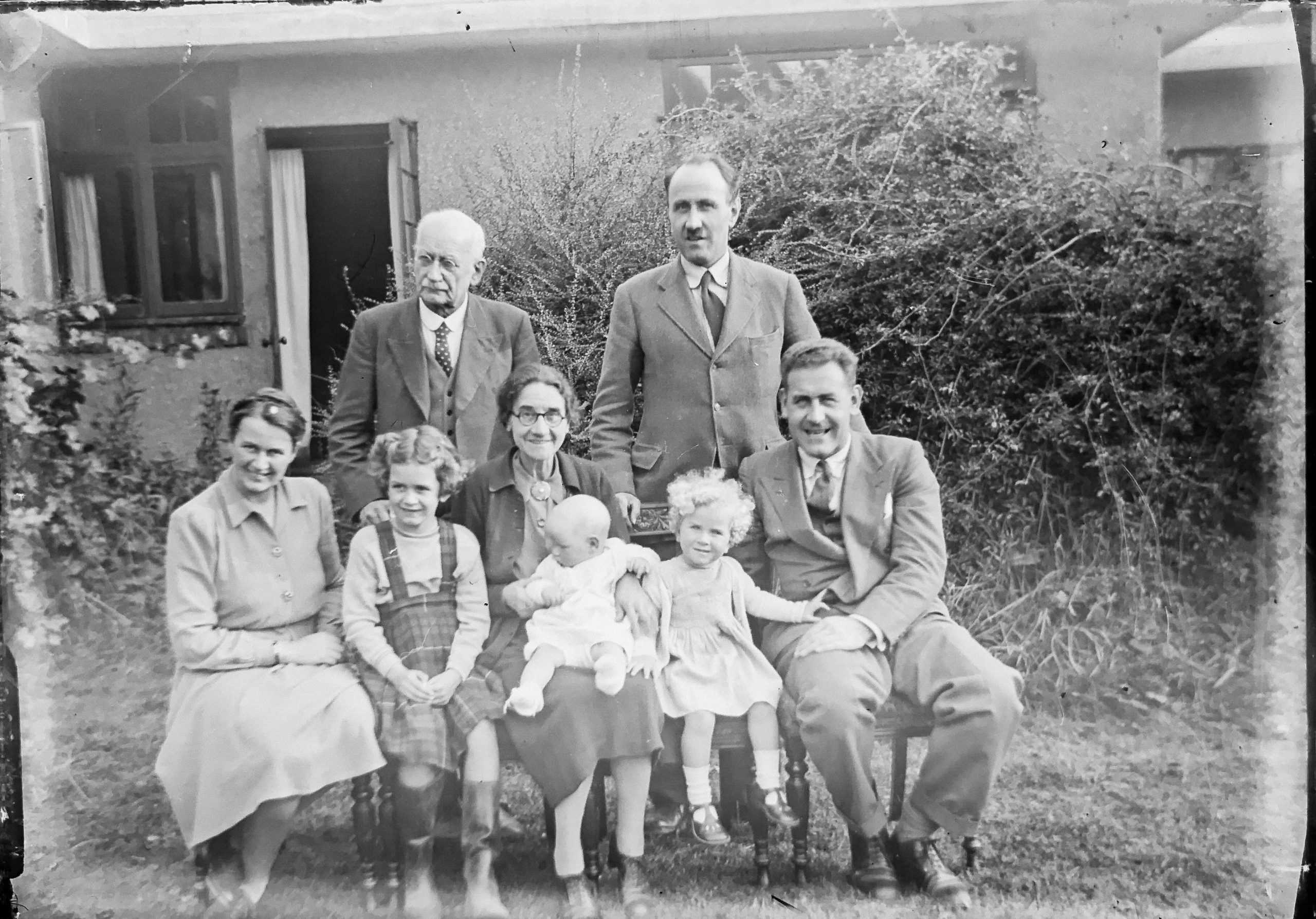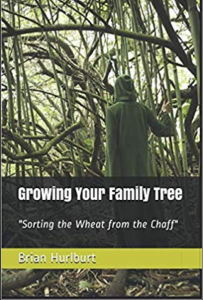Have you ever wondered about your ancestors—who they were, where they came from, and what their lives were like? Tracing your family history is an exciting and rewarding journey that connects you to your past in a deeply personal way. Whether you’re curious about your roots or want to preserve your family’s story for future generations, creating a family tree is the perfect place to start.
Why Create a Family Tree?
Building a family tree offers more than just names and dates—it helps you uncover stories, traditions, and connections that make your family unique. Here are a few reasons to start today:
• Preserve your heritage: Document family stories before they fade with time.
• Discover your roots: Learn about your ancestors’ origins and migrations.
• Connect with relatives: Find long-lost family members or reconnect with distant relatives.
• Unravel mysteries: Solve family history puzzles and break through brick walls.
• Pass it down: Leave a legacy for future generations to explore and expand.
Getting Started in 5 Simple Steps
1. Gather What You Know
Start with yourself and work backward. Write down your full name, birth date, and place of birth, then add your parents, grandparents, and other known relatives. Gather old documents, family Bibles, photo albums, and letters that might contain clues.
2. Talk to Family Members
Older relatives are living history books! Interview grandparents, aunts, uncles, and cousins to collect names, dates, and personal stories. Ask about family traditions, significant events, and any old photographs they might have.
3. Organize Your Findings
Use a notebook, spreadsheet, or a family tree chart to keep track of information. Many free and paid genealogy websites, such as Ancestry, MyHeritage, or FamilySearch, offer digital tools to build and store your family tree online.
4. Dig into Records
Once you have a basic tree, start looking for official records to verify and expand your findings. Some key resources include:
• Census records: Provide household details, occupations, and family relationships.
• Birth, marriage, and death records: Essential for confirming family connections.
• Immigration and military records: Reveal ancestors’ journeys and service history.
5. Expand and Share
As your tree grows, consider connecting with genealogy communities, taking a DNA test for deeper insights, or creating a family history book. Most importantly, share your discoveries with your family—it’s a story worth telling!
Start Your Family History Journey Today
Researching your family tree is like being a detective, piecing together the past one clue at a time. With a little curiosity and effort, you’ll uncover stories that bring your ancestors to life and create a legacy for generations to come.
Are you ready to start your journey? Share your first discoveries in the comments below!
Delve Deeper with my Book
Photo credit for our Featured Photo goes to Photo by Annie Spratt on Unsplash




